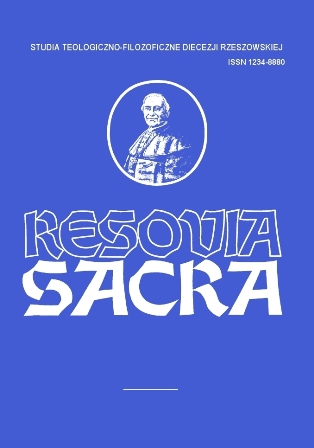BETLEJEM – POMIĘDZY TEOLOGIĄ, HISTORIĄ I ARCHEOLOGIĄ
BETHLEHEM: AT THE INTERSECTION OF THEOLOGY, HISTORY AND ARCHAEOLOGY
Author(s): Adam KubiśSubject(s): Christian Theology and Religion, History, Archaeology, History of Church(es), Theology and Religion, Biblical studies
Published by: Instytut Teologiczno-Pastoralny im. św. Józefa Sebastiana Pelczara w Rzeszowie
Keywords: Bethlehem; Birth of Jesus; Church of the Nativity; Christmas; katalyma
Summary/Abstract: The paper deals with one of the crucial places on the map of salvation geography (Heilsgeographie), namely Bethlehem. Starting with a discussion of the etymology of the city’s name, both in Biblical Hebrew (house of bread) and in ancient Akkadian cuneiform script (house of [the goddess] Lahmu/ Lakhamu), the study then analyses all of the Old Testament references (with a special focus on the oracle of Micah 5:1) and New Testament references to Bethlehem. An overview of the economic and demographic situation of the Judean small towns and villages like Bethlehem during the Herodian era supplements the analysis. There is also an attempt to dispel the false conflict regarding a proper understanding of the locus of Jesus’ birth: stable presumed from the biblical data (cf. manger) versus cave attested in patristic writings and suggested by archeological survey of the area. The exact meaning of the Lucan term katalyma, meaning living space/room and not inn (as widely followed by modern translations of the NT), is also discussed, along with a brief overview of scholarly explanations as to reasons for the lack of room in the katalyma. The study ends with a note on the history of Bethlehem in the Roman and Byzantine periods, focusing on the traditional spot of Jesus’ birth as it was transformed into a pagan, and later Christian, place of cult.
Journal: Resovia Sacra. Studia Teologiczno-Filozoficzne Diecezji Rzeszowskiej
- Issue Year: 2013
- Issue No: 18-20
- Page Range: 9-29
- Page Count: 21
- Language: Polish

